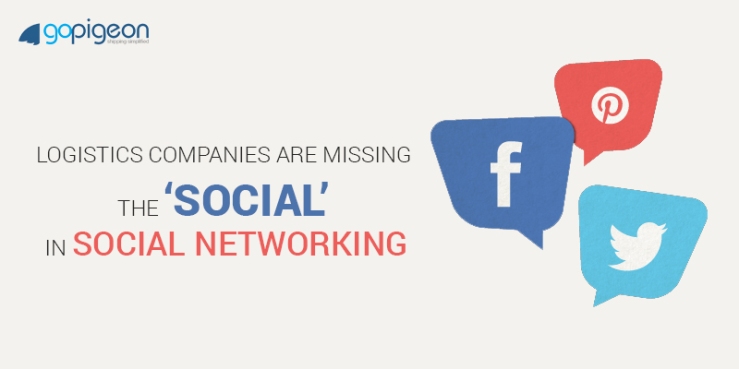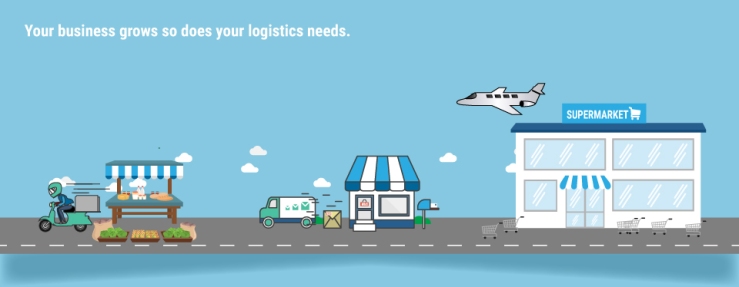Technology has always been the driving force behind logistics. In the past centuries, people looked for ways to move goods faster, in greater bulk and more economically. The problems were solved primarily by the invention of the railway, automobiles (including trucks), modern ships and airplanes. The invention of the computer, the Internet, and related technologies revolutionized the logistic industry with such technologies as web-based programs like transportation management systems. Now the industry is on the brink of another revolution.
Today’s emerging technologies are more concerned with speed, accuracy, security and seamless delivery. These technologies include 3D printing, drone, driverless vehicle and augmented reality. Here is a brief discussion of how each of these technologies will change the way 3rd party logistics providers work in the future.
3D Printing will shorten the supply chain: It will enable manufacturers to “print” on demand, which will shorten the supply chain by making it unnecessary to have large quantities of finished products stacked in warehouses. 3rd party logistics providers of the future will deliver raw materials instead of many finished products and may even provide 3D printing services at the point of delivery, which will be an additional source of revenue.
Drones will increase the speed of delivery: Drones are small, light, and inexpensive to operate and can go where other modes of transportation cannot. Although 3rd party logistics providers haven’t started using the technology yet, there is little doubt that they will embrace it in the future. 3PL companies will use drones to deliver small packages quickly in both urban and remote areas. Because of their high speed and precision, the use will shorten the supply chain and significantly reduce the costs of transportation. The only things, which are preventing the widespread use of this technology are issues related to government regulations, safety, and size and weight limitations.
Driverless vehicles will cut the costs of transportation: The ability of driverless vehicles to sense the environment and navigate with zero human interventions makes these futuristic cars/trucks ideal for delivering products to customers. A big part of transportation costs is the driver’s salary. 3rd party logistics providers may substantially reduce their overhead by using driverless vehicles for delivery. Another advantage of using driverless vehicles is that they are better drivers than people are, and thus the risk of accidents will be almost zero.
Augmented Reality will improve the handling of goods and speed of delivery: Augmented reality (AR) provides a direct or indirect view of the real world augmented by computer-generated sensory inputs, including sound and video. In the future, employees at 3rd party logistics providers will use AR technology, such as wearable devices, to gain critical information about the freight they are handling, such as contents, weight, and destination. Understandably, such visibility through AR technology will improve the handling of goods, increase the speed of delivery, and reduce overall costs.
Visit www.gopigeon.in to post your queries. Send your parcels across the world at lowest prices.




 Multiple platforms for making a purchase are available to consumers today. This means one could purchase groceries in-store, over a call, online from the laptop or via an application on a tablet. Shopping across multiple platforms present a number of challenges for supply chain professionals, the most notable being efficient monitoring of stock as it travels from the warehouse to the store, onward to the customer and back again. Nowadays, it is common to find a tablet within a retail store that facilitates online orders and store transfers as part of the in-store experience. Here, the professionals must be able to accurately track larger quantities of goods as they travel further and faster than ever, reflecting a change in agility and speed for the supply chain industry.
Multiple platforms for making a purchase are available to consumers today. This means one could purchase groceries in-store, over a call, online from the laptop or via an application on a tablet. Shopping across multiple platforms present a number of challenges for supply chain professionals, the most notable being efficient monitoring of stock as it travels from the warehouse to the store, onward to the customer and back again. Nowadays, it is common to find a tablet within a retail store that facilitates online orders and store transfers as part of the in-store experience. Here, the professionals must be able to accurately track larger quantities of goods as they travel further and faster than ever, reflecting a change in agility and speed for the supply chain industry.



